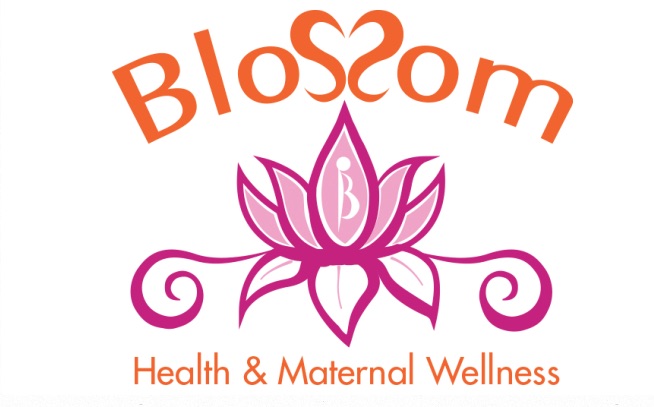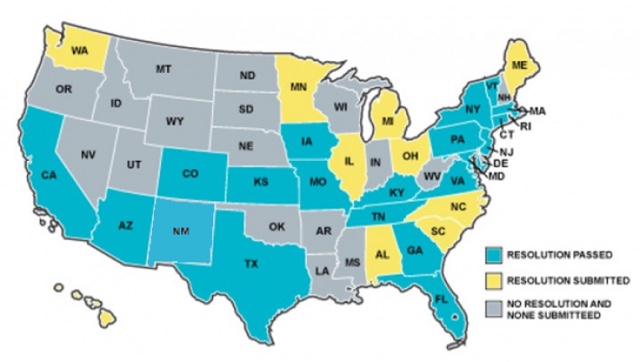For some time now, it has been reported that exercise during pregnancy is not only safe in most cases (consult with your care provider first), but beneficial. ACOG's paper reiterates that for uncomplicated pregnancies, regular physical activity does not cause miscarriage, poor fetal growth, musculoskeletal injury, or premature birth, as was previously believed by both doctors and expectant mothers (and is still sometimes believed, though inaccurate).
Recently, the American Congress of Obstetricians and Gynecologists (ACOG) released a revised "Committee Opinion" paper on "Physical Activity and Exercise During Pregnancy and the Postpartum Period." The paper reflects the latest scientific research on the safety of, recommendations for, and reasons to avoid exercise during pregnancy and in the postpartum period.
As cited in the ACOG document, benefits of exercise before, during, and after pregnancy include:
- Increased physical fitness
- Prevention of excessive weight gain
- Reduced risk of gestational diabetes, preeclampsia, cesarean surgery
- Decreased postpartum recovery time
The ACOG paper answers common key questions surrounding pregnancy and exercise, which we have extracted and summarized below. We encourage you to also read the complete paper for more in-depth information.
When can I start exercising?
After you talk with your care provider (doctor, OB, or midwife). ACOG states: "A thorough clinical evaluation should be conducted before recommending an exercise program to ensure that a patient does not have a medical reason to avoid exercise."
How much exercise is recommended?
150 minutes per week, spread throughout the week. That's roughly 20 minutes a day for 7 days, 25 minutes for five days, or 30 minutes for four days.
What are the risks of not exercising during pregnancy?
ACOG says: "In pregnancy, physical inactivity and excessive weight gain have been recognized as independent risk factors for maternal obesity and related pregnancy complications, including gestational diabetes mellitus (GDM)."
Can I continue my pre-pregnancy exercise routine even if I participated in a regular high intensity exercise?
After consulting with your care provider, yes (unless you have any conditions that would make it unsafe). ACOG states: "pregnant women who habitually engage in vigorous-intensity aerobic activity (ie, the equivalent of running or jogging) or who are highly active 'can continue physical activity during pregnancy and the postpartum period, provided that they remain healthy and discuss with their health care provider how and when activity should be adjusted over time.'"
What about starting a new exercise routine if I was not active prior to pregnancy?
It's fine as long as you consult with your doctor and move into your pregnancy exercise routine gradually. ACOG states: "Pregnant women who were sedentary before pregnancy should follow a more gradual progression of exercise."
Are there exercises I should avoid?
Those that require laying flat on your back for prolonged periods of time (like certain yoga poses); scuba and sky diving; and exercises where the risk for abdominal trauma (injury to your abdomen) is high, like contact sports (hockey, soccer, basketball, football, some racquet sports, and boxing), and skiing, surfing, off-road cycling, gymnastics, and horseback riding. "Hot" or "Bikram" yoga or "hot Pilates" also should be avoided.
What types of exercise are recommended?
Walking, swimming, stationary cycling, low-impact aerobics, yoga and Pilates (modified), running or jogging, some racquet sports, strength training.
What should I keep in mind to stay safe while exercising?
Many of the same safety precautions you would take during pre-pregnancy can be applied during pregnancy. Additionally, ACOG states: "During exercise, pregnant women should stay well-hydrated, wear loose-fitting clothing, and avoid high heat and humidity to protect against heat stress, particularly during the first trimester." It's also important to eat sufficiently and nutritiously before exercising.
What kinds of warning signs should I look for that may signal a problem during exercise while pregnant?
Vaginal bleeding, regular, painful contractions, amniotic fluid leaking ("water" breaking), difficulty breathing prior to exercise, dizziness, headache, chest pain, muscle weakness that affects balance, calf pain or swelling.
What conditions might make exercise unsafe for me during pregnancy?
Anemia, unevaluated maternal cardiac arrhythmia, chronic bronchitis, poorly controlled type 1 diabetes, extreme morbid obesity, extreme underweight, history of extremely sedentary
(inactive) lifestyle, intrauterine growth restriction in current pregnancy, poorly controlled
hypertension, orthopedic limitations, poorly controlled seizure disorder, poorly controlled,
hyperthyroidism, and heavy smoker.
What conditions would prohibit me from exercising entirely during pregnancy?
Hemodynamically significant heart disease, restrictive lung disease, incompetent cervix or cerclage, multiple gestation at risk of premature labor, persistent second or third trimester bleeding, placenta previa after 26 weeks gestation, premature labor during current pregnancy, ruptured membranes ("water" broken), preeclampsia or pregnancy induced hypertension, severe anemia.























